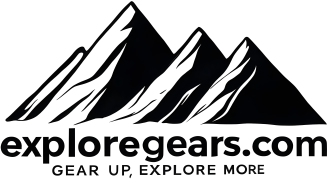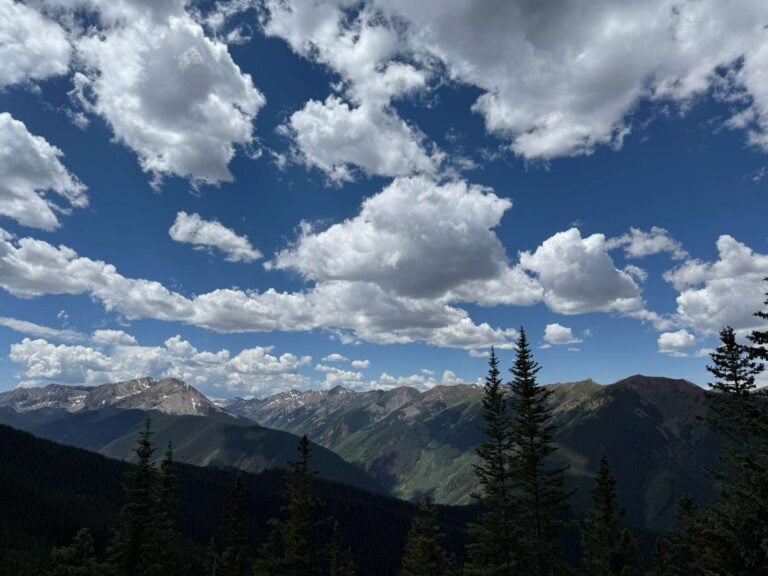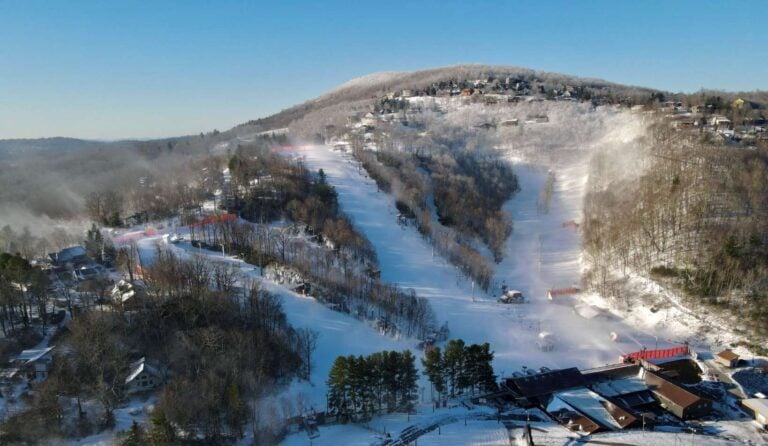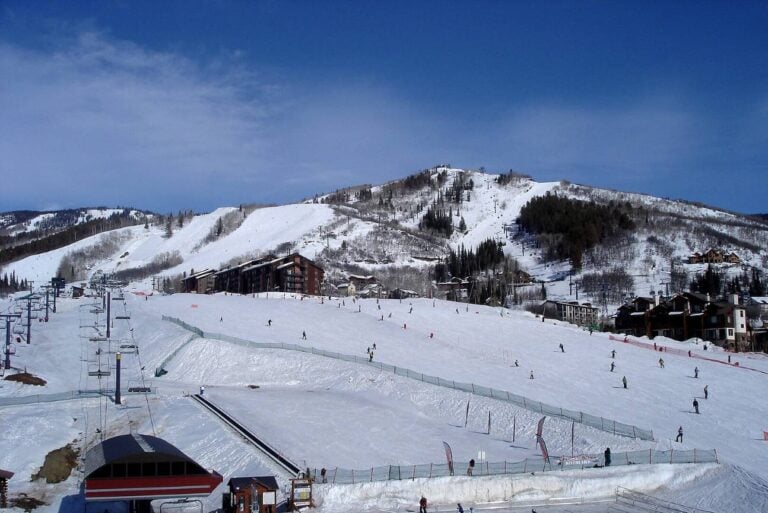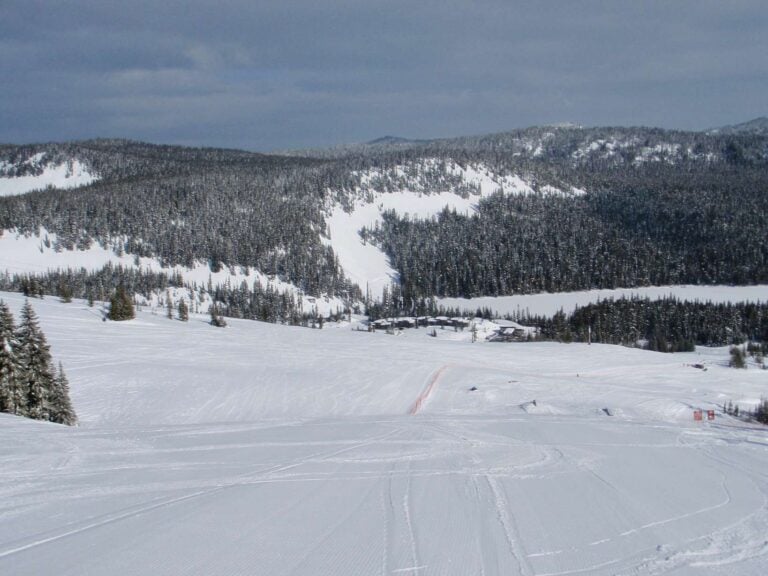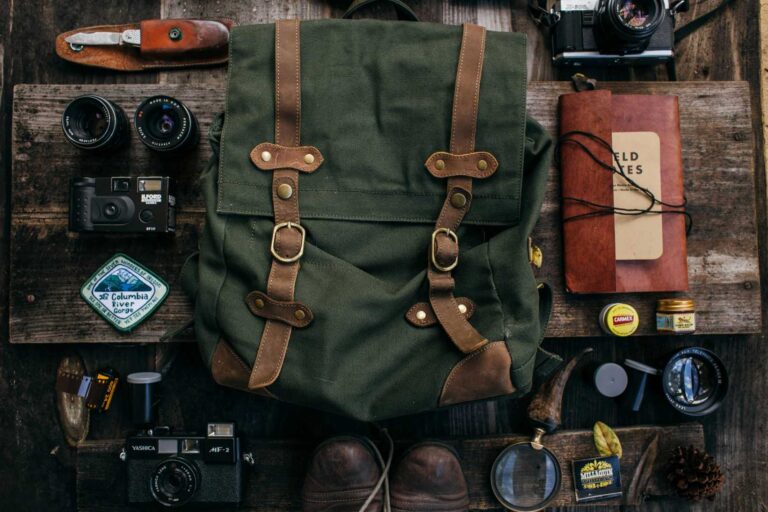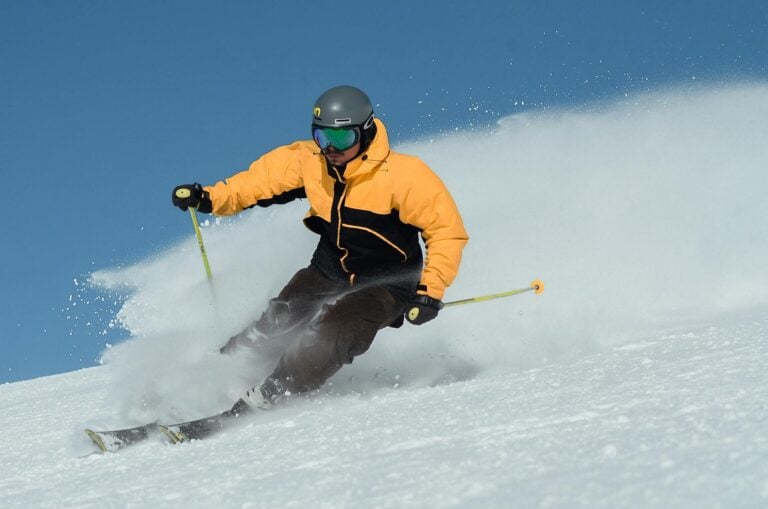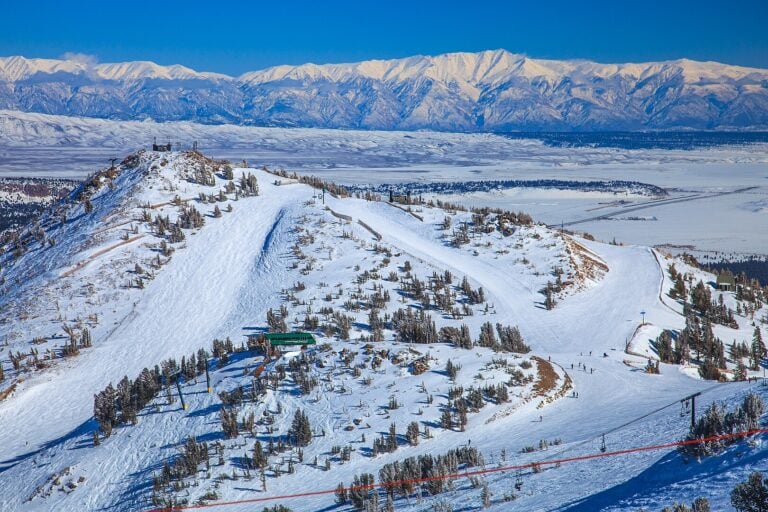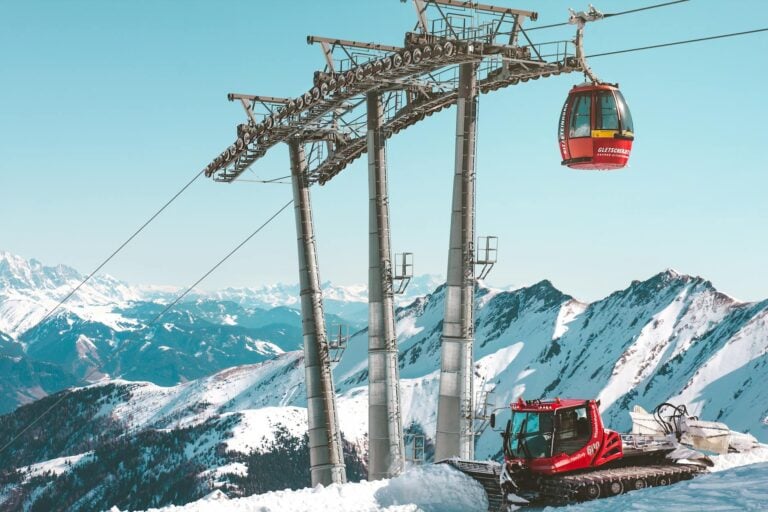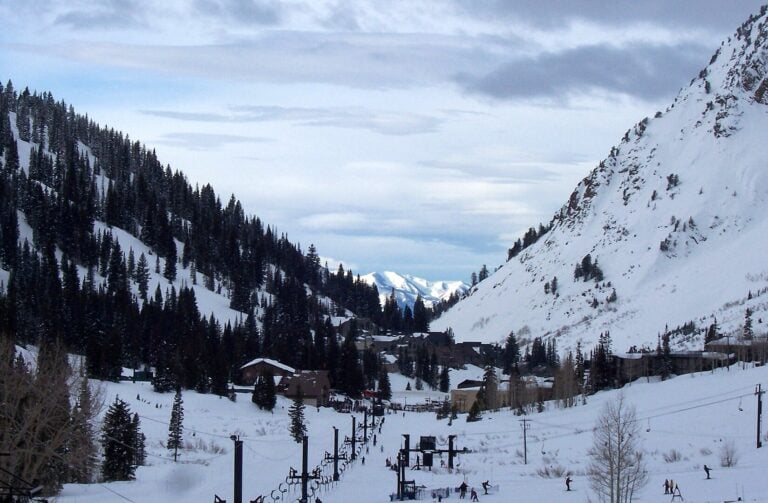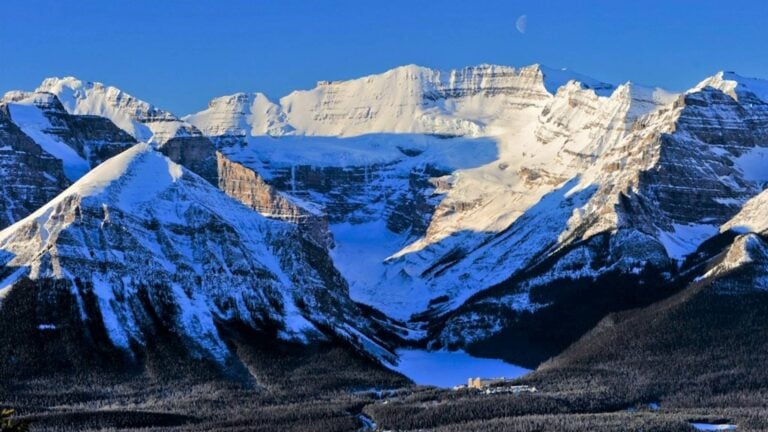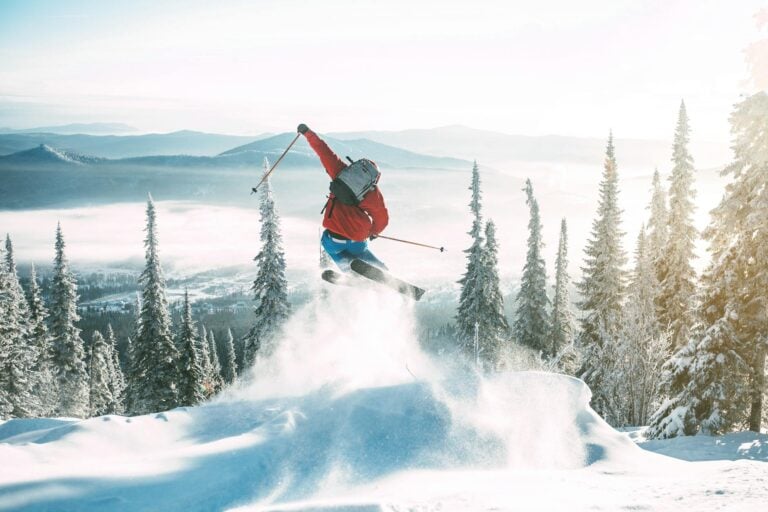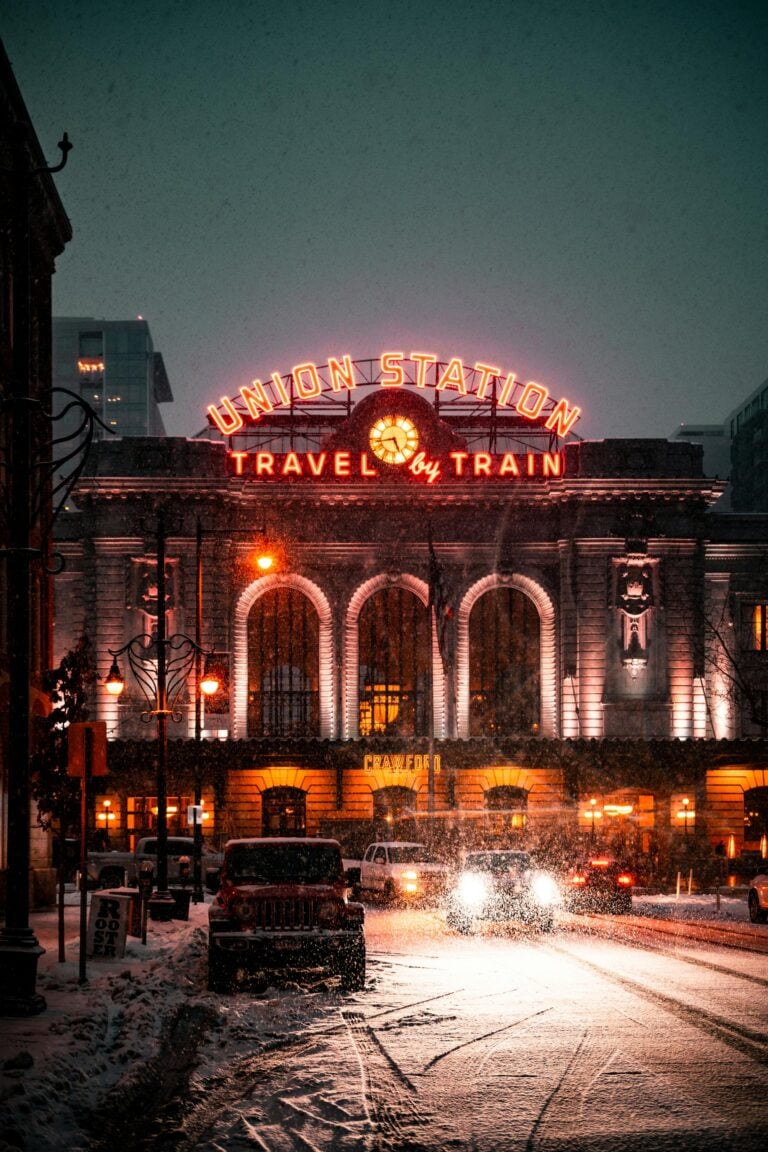Key takeaways
- Pick one hero shot (wide coaster, rider-action, or posed family) and plan a single 60-minute photo window.
- Use south-ridge and riverfront vantage points for expansive coaster views at golden hour; freeze action with ~1/500–1/1000s shutter speed (camera) or burst mode (phone).
- Common pitfall: chasing one shot and missing rides or shows — set a 30–60 minute limit and keep gear secure to avoid theft.
Quick checklist
- Check current weather and light (NOAA forecast: NOAA forecast).
- Download the interactive map and save it for offline use; tell someone your plan and where you’ll park.
- Bring water, sun protection, a small monopod or tabletop tripod, and a secure camera bag to reduce theft risk.
Mapped photo spots, timing and camera recipes
This section lists the practical vantage points I use at Dollywood with timing notes and simple camera/phone settings. For a complete list of rides and the park layout, refer to the official Dollywood rides page (Dollywood rides).
Big Bear Mountain – hero wide & dusk glow
Where to stand: the south-side overlook near the lake for sweeping panoramas that include the skyline behind the train. Best light: the golden hour — roughly the 20–40 minutes before sunset — when backlight creates warm highlights and reflections. Shot ideas: wide panorama of the train and park buildings; long-exposure light streaks after dark.
Camera recipe: for streaks use a small tripod and a 1–3 second exposure; for a single action frame try ~1/250–1/500s to keep rider detail. Phones: use burst mode and shoot in landscape so you can crop later. (Experience) I often combine a dusk Big Bear shot with dinner at a nearby Dollywood resort to avoid peak midday crowds.
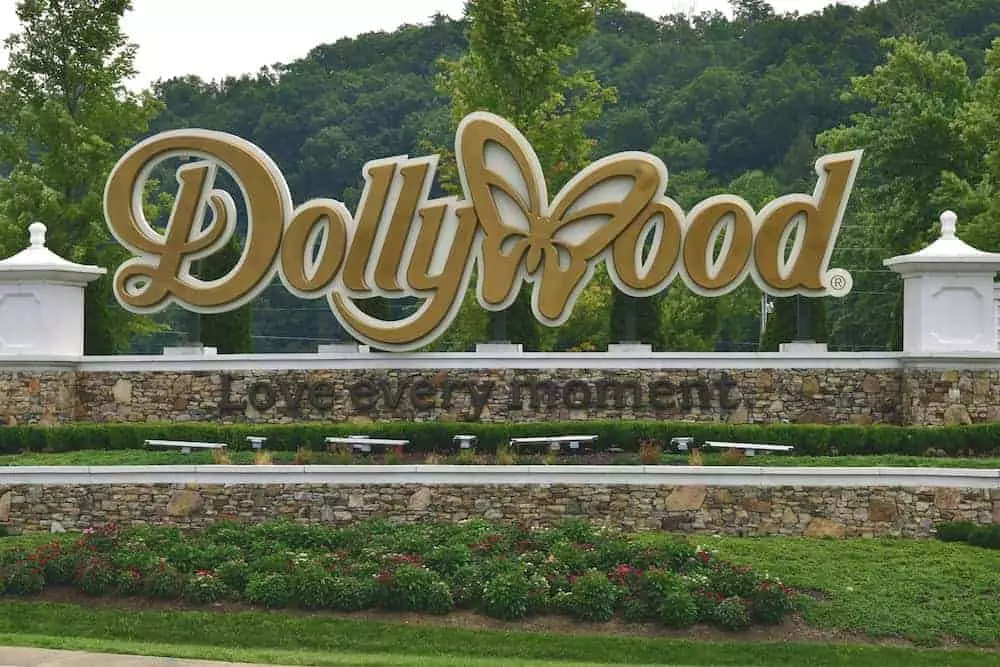
Thunderhead – dramatic closeups & motion
Where to stand: low-angle near the ride exit or along the wooden structure. Why: the timber framing adds texture and motion lines. Best time: mid-morning when sunlight casts stronger wood-grain shadows that emphasize texture.
Shot ideas & recipe: capture riders’ expressions during turns using burst mode and ~1/500s or faster. For expressive closeups on phones, use portrait or action mode and crop tight. A moderate telephoto (70–200mm equivalent) helps isolate faces and compression.
Wild Eagle – wing silhouettes & rim light
Where to stand: the bridge over the river or the elevated walkway opposite the dive curve. Why: these spots frame the wings against sky and open space. Best time: late afternoon for rim light; overcast days give even exposures.
Camera recipe: freeze wing motion at ~1/800–1/1000s, or try panning at ~1/125s for motion blur backgrounds. Use continuous autofocus and burst mode. A fast telephoto (200mm equivalent) gives tight framing.
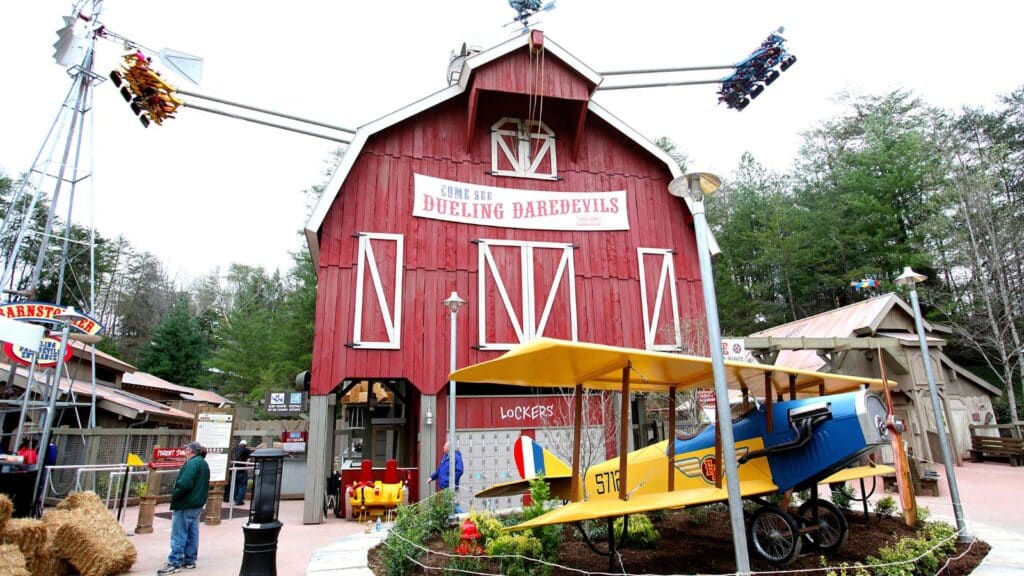
Dragonflier & family rides – colorful closeups
Where to stand: low railings around Country Fair. Why: bright colors and candid faces make for strong family portraits. Best time: mid-afternoon when families take snack breaks and waiting lines are shorter.
Recipe: use f/4–f/5.6 for moderate subject isolation on a camera; phones work well in portrait mode. Keep shutter at ~1/250–1/500s to catch expressions.
Water rides & reflections – downstream walkways
Where to stand: bridges and downstream walkways that catch splashes and reflections. Best time: sunny afternoons for sparkle; even light on cloudy days helps skin tones.
Recipe: freeze splashes with fast shutter speeds or use a slower shutter for blurred water effects (1/15–1/60s) while steadying your camera on a monopod. See a quick primer on shutter speed choices (REI shutter-speed guide).
Practical shooting notes
- Pick one hero shot per visit and set a 30–60 minute shooting window so you don’t miss rides or shows. (Experience)
- Use a small monopod or tabletop tripod for low-light long exposures; check park rules before bringing large tripods or drones and ask Guest Services on arrival (Dollywood Guest Services).
- Keep your gear close in crowds and use a discreet, lockable camera bag to reduce theft risk.
when to use freeze vs blur (quick table)
| Effect | Shutter speed | Support |
|---|---|---|
| Freeze rider motion | ~1/500–1/1000s | handheld or monopod |
| Intentional blur (water, streaks) | 1/15–1/60s (or longer for streaks) | tripod or monopod |
| Nightlight streaks | 1–3s+ | small tripod |
FAQ
Where are the best spots to photograph Big Bear Mountain and Thunderhead?
Big Bear Mountain: the south-side lake overlook around golden hour for wide panoramas and reflections. Thunderhead: low near the exit or along the wooden structure to emphasize texture and rider turns.
Can I use a tripod or professional gear inside Dollywood?
Tripod and professional gear rules vary by park and event; check with Guest Services on arrival (Dollywood Guest Services). When allowed, avoid blocking walkways or emergency exits and respect staff requests.
What phone settings work best for action shots at Dollywood?
Use burst mode, lock exposure on the subject, enable HDR for strong backlight, and crop afterward. Use the phone’s action or sports mode where available for the best keeper rate.
When is the best time to take photos with fewer crowds?
Generally early morning and the last hour before park close are quieter. Holiday weeks (for example Thanksgiving) draw larger crowds, so buy tickets ahead and plan around official park hours (Dollywood hours & info).
